Exhibition at the Gulbenkian Museum: “a foretaste of what the Terra Sancta Museum will be like”
The Terra Sancta Museum, represented by Fr. Stéphane Milovitch, Director of the Cultural Office, and Fr. Rodrigo Machado Soares, Master of Ceremonies, was honoured to take part in the opening of the exhibition “Treasures from Kings: Masterpieces from the Terra Sancta Museum” hosted at the prestigious Calouste Gulbenkian Museum in Lisbon. This exhibition marks the first time these treasures, gifted by European Catholic monarchs over 500 years, have travelled to Portugal.
A total of 74 objects from the Terra Sancta Museum collections have made the trip to the “city of seven hills”. As part of the exhibition designed by the two commissioners Jacques Charles-Gaffiot (French expert advisor/member of the Terra Sancta Museum scientific committee) and André Afonso (Conservator at the Gulbenkian Museum), they are surrounded by other objects from, among others, the Armenian Patriarchate of Jerusalem, the National Library of Portugal, the George Al-Ama Collection from Bethlehem, the Museu Nacional de Arte Antiga in Lisbon, the Museu Nacional Machado de Castro in Coimbra etc. “This exhibition reflects what we do on a daily basis in Jerusalem, i.e. the relationship with other institutions. We’re not just Franciscans building a museum on our own. That would be pointless. This museum opens us up to others, and we’re delighted that here in Portugal, our works are on display alongside national Portuguese masterpieces,” comments Fr. Stéphane.
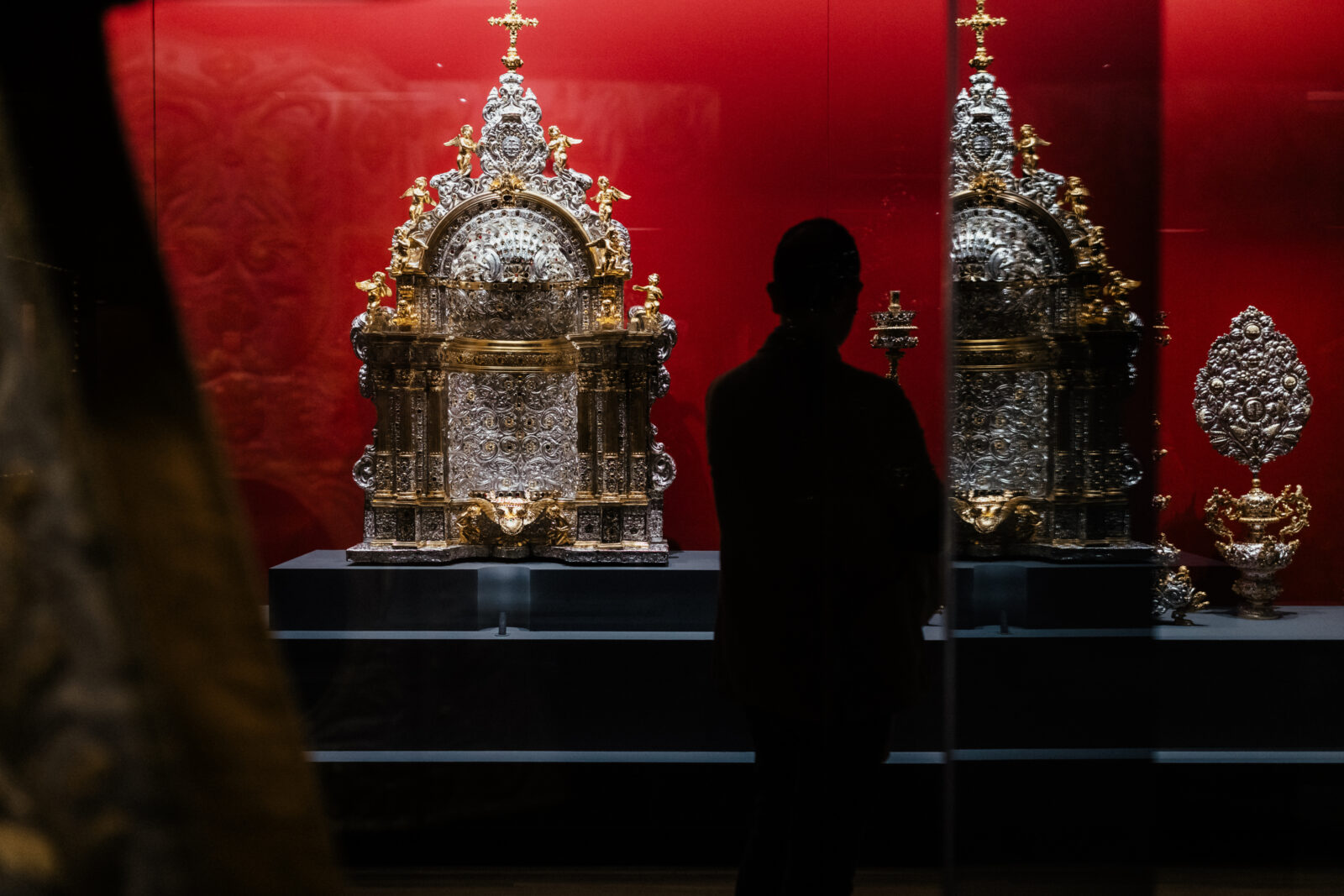
Calouste Gulbenkian Foundation. Foto: © Pedro Pina
Thanks to the expertise of the Gulbenkian Museum’s Restoration Department and the José de Figueiredo National Laboratory, around twenty of the highlights of the future Museum of Art and History, which will open in 2026 at St Saviour’s Convent, have been admirably restored. “What visitors to the Gulbenkian discover today is truly a foretaste of our future museum. It’s very exciting for us too, as project leaders and members of the scientific committee” continues Fr. Stéphane. “It’s a real-life setting for our work, where we can learn and imagine things to feed our project. For example, we’ve discovered what the Gulbenkian has done for the visually impaired. It’s a great effort, and an idea we could take up again for our museum”. Indeed, various educational materials aimed at blind and deaf visitors have been prepared. Panels with reliefs will allow them to understand some things regarding the shape and decoration of the objects. With gloves, very carefully, and always under the supervision of a mediator, some objects can even be handled, for example, the Neapolitan Antependium and its sculptural characters.
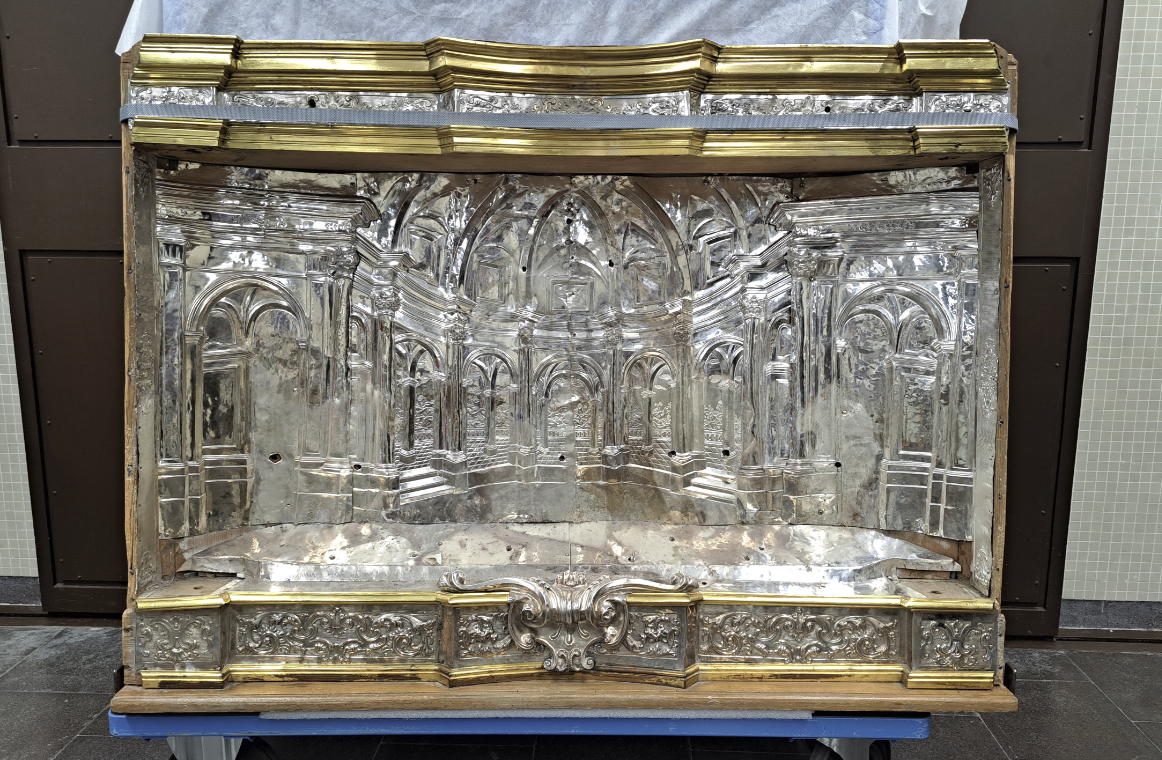
Calouste Gulbenkian Foundation. Foto: © André Afonso
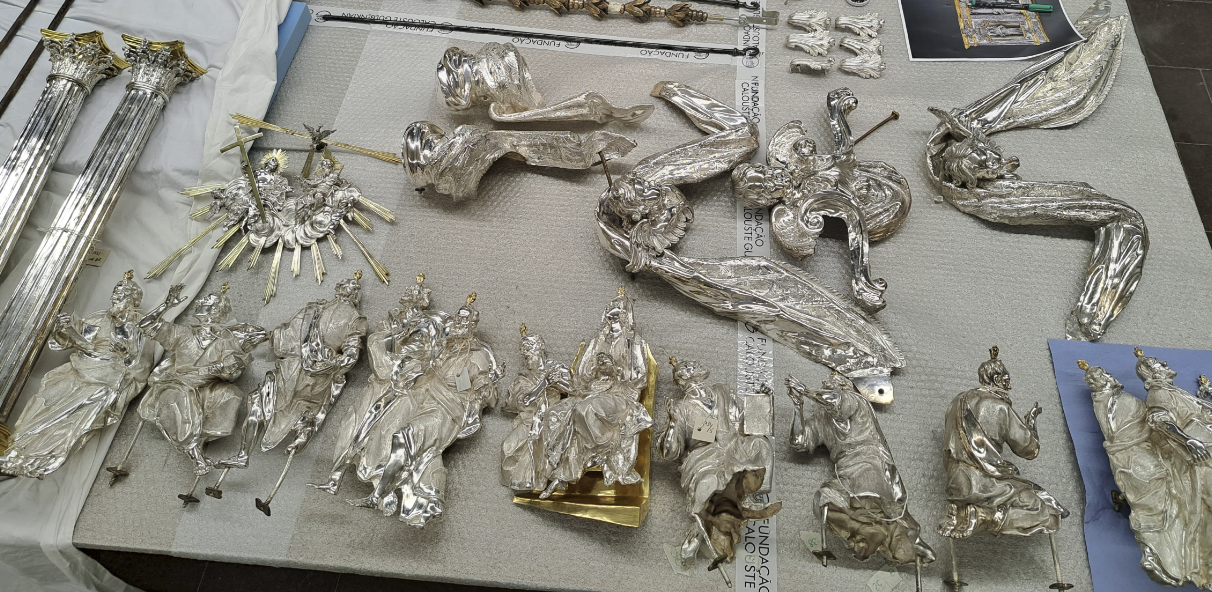
Calouste Gulbenkian Foundation. Foto: © André Afonso
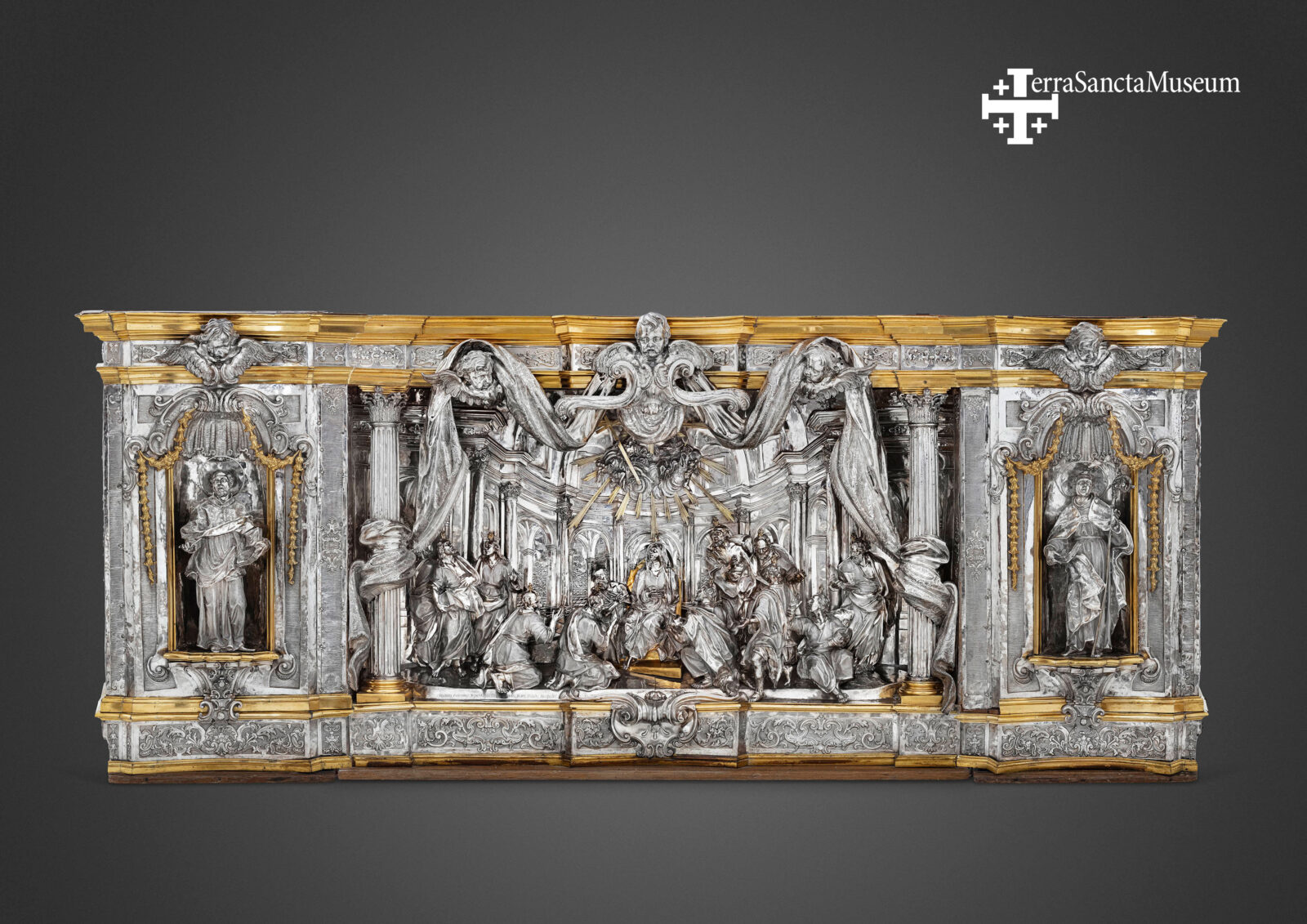
Mrs Béatrix Saule, President of the Scientific Committee of the Terra Sancta Museum and Honorary General Director of the Château de Versailles, made the trip from Paris. Ten years ago, she organized the first international exhibition of the “Treasure of the Holy Sepulchre” at Versailles. Ten years later, the Gulbenkian exhibits the “Masterpieces of the Terra Sancta Museum”. It’s an opportunity to remind ourselves that, in the space of a decade, a museum has been born and is now entering the big league! From Compostela to Florence to New York, there are many requests to exhibit the last Latin treasures in the Western world before being sealed in the showcases in Jerusalem.
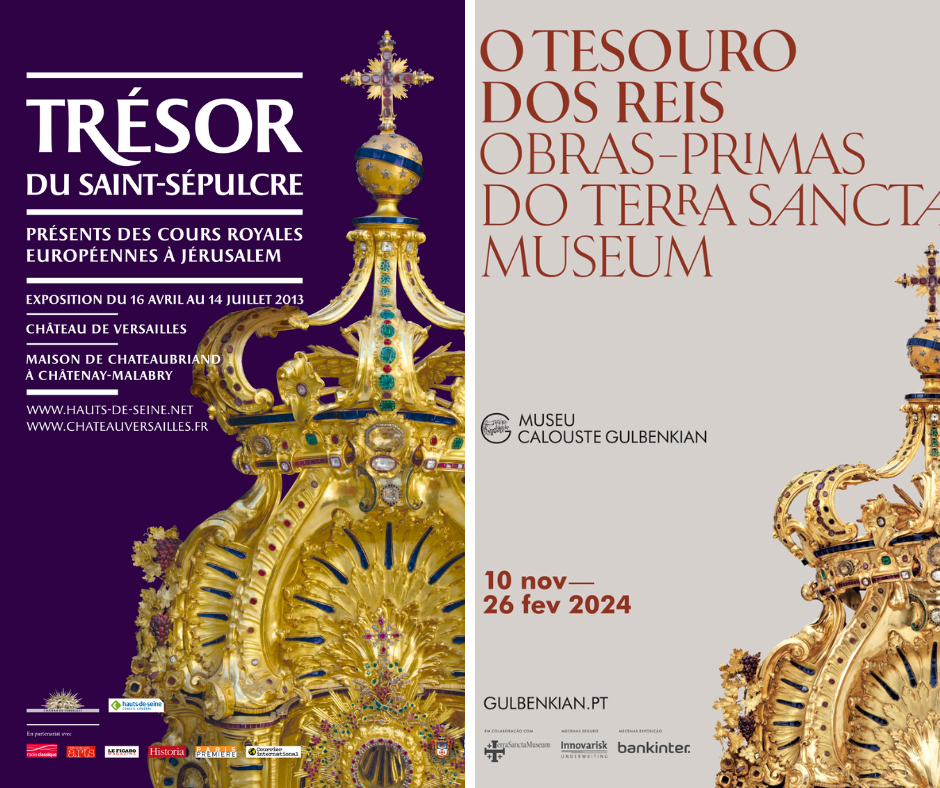
November 9. 6.30 pm. The President of the Gulbenkian Foundation, António Feijó, takes the floor. The event brings together some 100 guests, including numerous ecclesiastics and Mgr Ivo Scapolo, Apostolic Nuncio to Portugal. President Feijó salutes the incredible work carried out to make this exhibition possible, and thanks the Franciscans for their presence. His welcome is warm, but the Gulbenkian Museum, in keeping with the gravity of current events in the Holy Land, is not in the mood for celebration. The institution’s Board had previously announced: “given the current climate, this should be a soft opening, without the Foundation’s usual celebratory mood”, a gesture appreciated by the Franciscans of the Custody of the Holy Land concerned about the stalemate in the current conflict and its economic consequences for Christian communities in particular.
Jacques Charles-Gaffiot goes back over the exhibition’s discourse and invites the lucky, hand-picked guests on a journey which is both historical and geographical. “You are going to set off from Lisbon and arrive at the centre of the world, as it was defined many years ago, Jerusalem”. The scenography highlights Jerusalem’s centrality, with spaces reminiscent of the rotunda of the Holy Sepulchre.
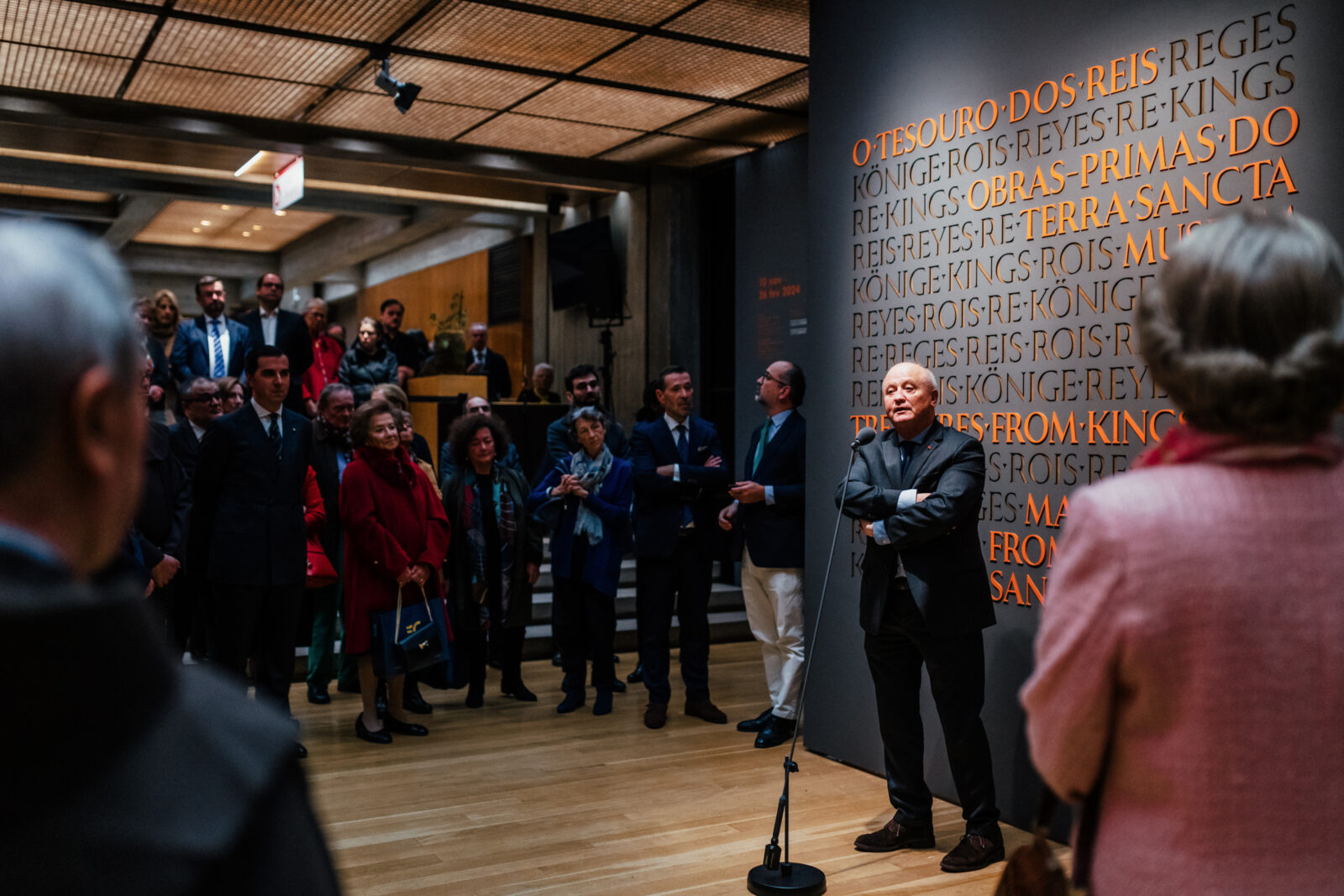
Calouste Gulbenkian Foundation. Foto: © Pedro Pina
The first visitors are immersed in the history of Christian Jerusalem from the birth of Christ in Bethlehem to the construction of the Basilica of the Holy Sepulchre, the rise of pilgrimages, the Custody of the Holy Places entrusted to the Franciscans… Mariano Piçarra’s brilliant lighting design enhances the works of art in the Terra Sancta Museum.
As the curtain rises, the bas-relief of the Resurrection in solid silver already stands out as the emblem of the future Terra Sancta Museum, leaving spectators speechless. “In the past, sovereigns couldn’t embark on a pilgrimage. It would take them almost a year to make the journey. So they sent gifts, which accumulated over the years, and this is how the heritage of the Custody of the Holy Land, including paintings, works in gold and liturgical vestments, grew” explains the French expert. Visitors move from one country to another: Spain, the Austro-Hungarian Empire, France, the Italian states and, of course, Portugal embodied by the imposing Portuguese church lamp in gold, dating from the mid-18th century and donated by King João V.
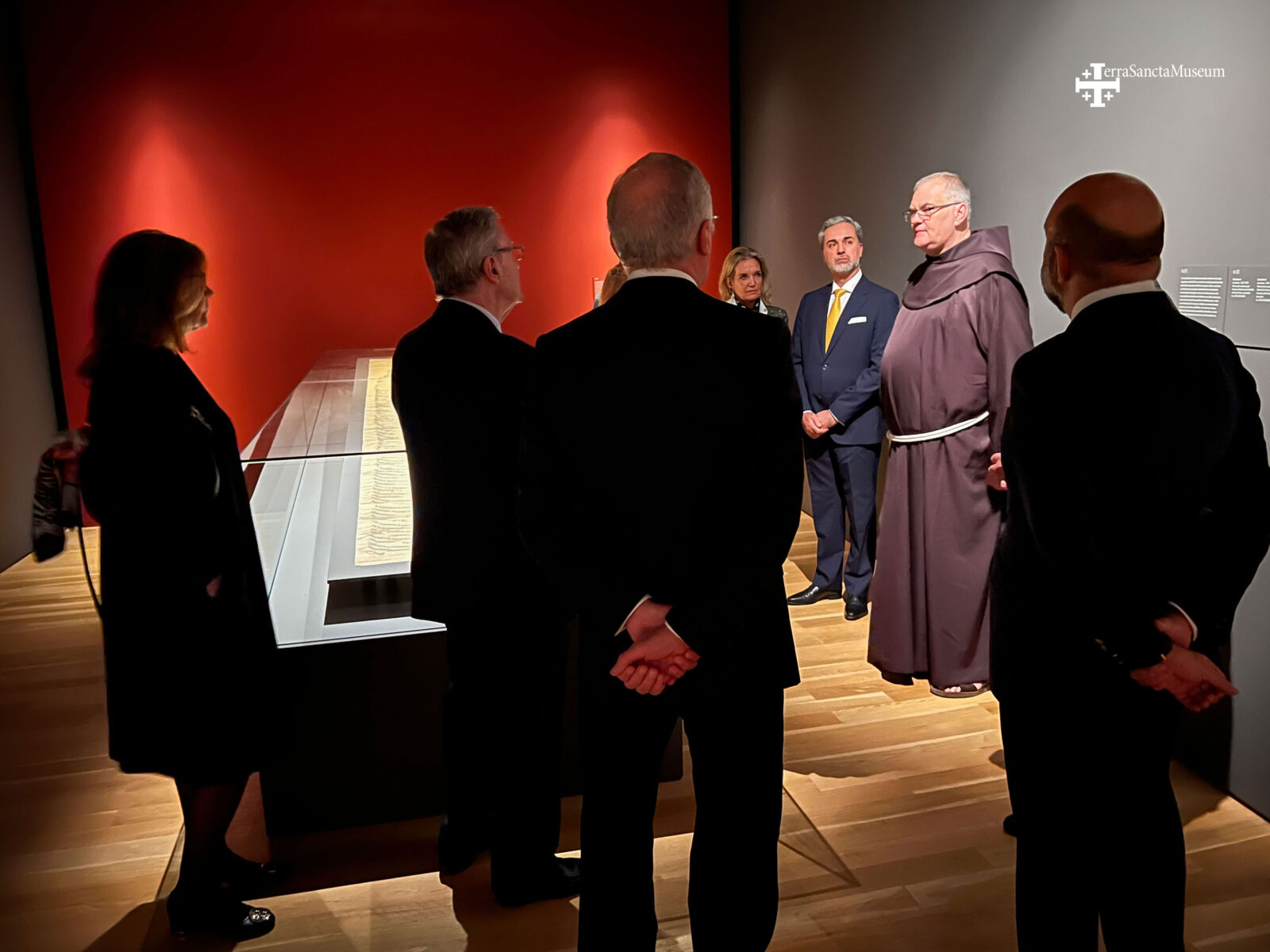
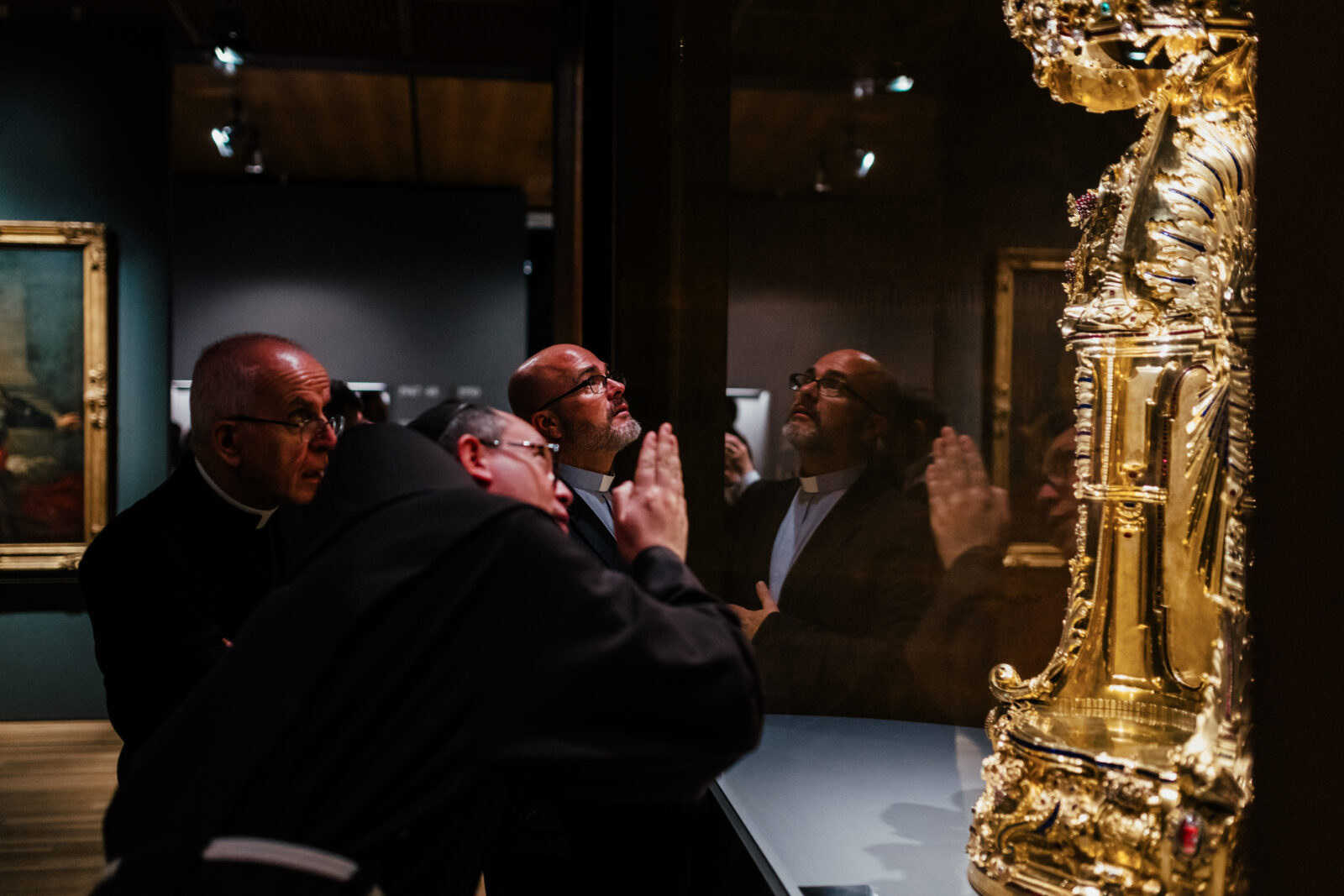
Calouste Gulbenkian Foundation. Foto: © Pedro Pina
Our Franciscan brothers are in great demand, and their presence over several days is put to good use. Taking into account the specific character of the Terra Sancta Museum’s collections, the Gulbenkian has suggested that Fr. Rodrigo Machado Soares, Master of Ceremonies of the Custody, could explain to their meditators in a dedicated session the use of the works on display. Alongside André Afonso, Executive Curator, he also led a highly appreciated tour rightly entitled “From showcase to altar”.
The week in Lisbon is drawing to a close. As Portuguese media are enthusiastically reporting on the exhibition, our Franciscans gather with the Portuguese Lieutenancy of the Knights of the Holy Sepulchre and their brothers from the Province of Portugal for a time of prayer. Thanks to the hard work of Mr. Tiago Teles de Abreu, Terra Sancta Museum delegate in Portugal, the Brotherhood of the Immaculate Conception and in particular Fr. João Duarte Lourenço a televised Mass presided over by Fr. Rodrigo Machado Soares was broadcast live on Sunday morning.
In the brothers’ church, songs of Jerusalem and invocations for peace in the Holy Land rise up and Fr. Rodrigo, in his homily, reiterates the brothers’ mission over the past 800 years: “In a land torn apart by conflict, the creation of a Christian museum is certainly a small step, but it could be an important light for dialogue, the only weapon capable of generating true understanding, healing wounds and leading to reconciliation, justice and peace”. The Holy Land of tomorrow can count on the Terra Sancta Museum.
Exhibition dates: from November 10, 2023, to February 26, 2024
Opening hours: 10:00 AM to 6:00 PM, Saturdays extended to 9:00 PM, closed on Tuesdays
Location: Main Gallery / Calouste Gulbenkian Foundation
For tickets, please visit this page



